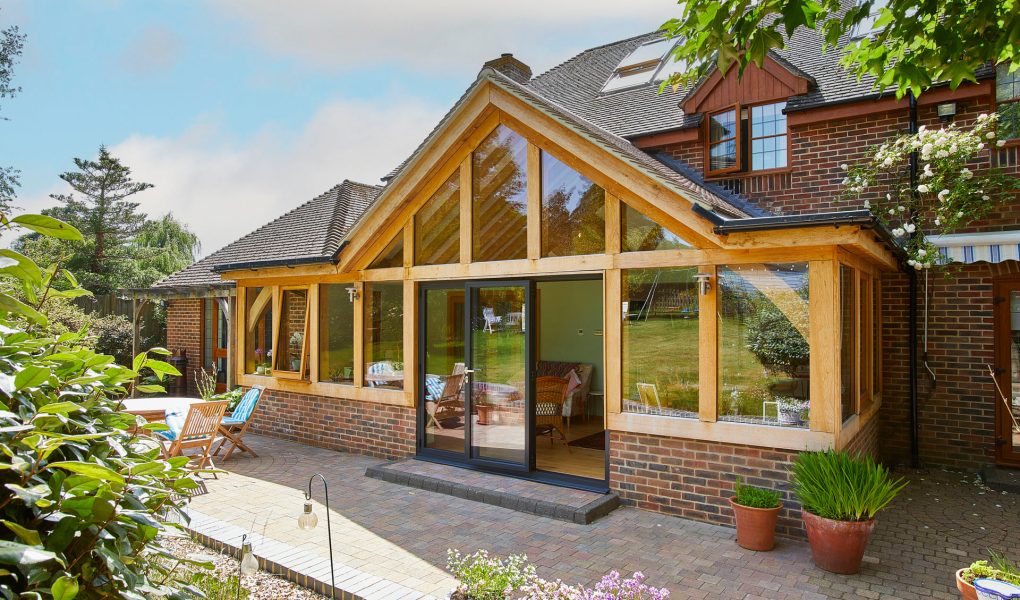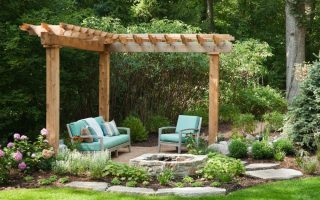There’s something undeniably timeless about the charm of an oak extension. Whether you’re expanding your home for more room or creating a peaceful space to enjoy nature, oak brings character and warmth in a way few materials can. But before you break ground and get the builders in, there are several key considerations to keep in mind. Planning a beautiful oak extension that blends seamlessly with your outdoor space takes more than picking timber and sketching a floorplan. Let’s walk through what really matters when making this dream a reality.
1. Understanding Your Why
Before jumping into logistics, it’s important to ask yourself: Why do I want this oak extension? Is it to create a sun-drenched garden room? A home office with a view? A place to entertain guests in the summer? Or maybe all of the above? Your “why” will shape everything — from the design to materials and layout. Oak is versatile, but being clear about your purpose helps guide smarter choices down the line.
For instance, if your goal is to blend indoor and outdoor living space, you might want floor-to-ceiling glazing and bi-fold doors that open directly onto a patio or garden. If it’s going to be more of a quiet reading nook, think about light, insulation, and airflow.
2. Location, Location… Orientation
Where you place your extension is just as important as what you build. Orientation to the sun can drastically affect how the space feels year-round. South-facing extensions tend to get the most light throughout the day, which is great for plant-lovers and anyone hoping for a bright, airy feel. However, it can also mean excessive heat in summer, so consider ventilation and shading.
North-facing? That might call for more insulation or clever lighting to make up for the lack of direct sun. West-facing spaces get those golden evening rays, ideal for relaxing at the end of the day. Think about how the light moves through your garden and how you want to interact with that energy.
3. Planning Permission and Regulations
Let’s talk red tape — not the most exciting part, but absolutely necessary. Depending on the size and design of your oak extension, you may need planning permission from your local council. The UK has permitted development rules that allow certain types of extensions without needing full planning, but oak-framed builds can sometimes fall outside those bounds, especially if you’re in a conservation area or listed property.
It’s always a good idea to consult with an architect or planning consultant early on. They’ll help ensure your plans meet building regulations regarding insulation, structural integrity, energy efficiency, and more. Better to get the thumbs-up now than risk costly delays later.
4. Choosing the Right Oak
All oak isn’t created equal. There’s green oak — which is freshly sawn and still contains a fair bit of moisture — and seasoned or air-dried oak, which has been allowed to dry naturally over time. Green oak is commonly used for framing because it’s easier to cut and shape, and its natural movement over time gives that rustic, characterful look. But it does shrink and settle, which can affect glazing and finishes.
Seasoned oak, on the other hand, is more stable, making it ideal for doors, windows, and finish work. A good oak frame builder will help you understand the best combination for your specific design and budget.
And while we’re on the topic — always check the source. Look for oak that’s FSC-certified or sustainably sourced, and don’t be afraid to ask about where the timber comes from.
5. Integrating with Your Existing Property
The best oak extensions look like they’ve always been there. Getting this right means paying attention to proportions, rooflines, materials, and even guttering. Consider the age and style of your existing home. Is it a modern brick property, a country cottage, or a period townhouse? Matching roof tiles, bricks, or render can go a long way toward cohesion.
Also think about access. If your extension leads out into the garden, make sure it flows naturally with pathways, steps, or decking. You don’t want to create a stunning room that feels disconnected from the rest of your home or outdoor space.
6. Glazing and Views
Oak frames and glass are a match made in heaven. Done right, they flood your extension with light and bring the outside in. But it’s worth thinking practically. How much glass is too much? Large panes look beautiful but can cause overheating in summer and heat loss in winter if not properly specified.
Consider double or even triple glazing, low-emissivity coatings, and UV protection. Think about where you want to sit and what you want to look at — the garden, a water feature, or even the sky above. And remember, oak and glass together can make an architectural statement, so lean into that contrast where it works.
7. Heating and Insulation
Oak may look warm, but on its own, it doesn’t insulate particularly well. That means it’s essential to plan how you’ll keep your extension comfortable year-round. Underfloor heating is a popular choice because it pairs beautifully with open-plan, minimal designs and keeps the space cosy without needing radiators on the walls.
Combine that with well-insulated flooring, roofing, and high-performance glazing to make sure you’re not losing heat where you shouldn’t. And if you’re aiming for a rustic feel, a small wood burner could be both functional and atmospheric.
8. Outdoor Flow and Landscaping
Don’t forget the outside! Your oak extension shouldn’t just be a pretty box tacked onto the house. It should connect with the outdoor environment around it. Think about planting beds, patios, seating areas, or even an outdoor kitchen. This space can become a real lifestyle upgrade if it’s integrated with thoughtful landscaping.
Use the same palette of materials where possible — oak pergolas, matching stone paving, or raised beds that echo the lines of the extension. Subtle lighting along paths or uplights in trees can create a magical atmosphere when the sun goes down.
9. The Builders You Choose Matter
Not all contractors are experienced in working with oak, which behaves differently than brick or softwood. Choose a builder or specialist company with a proven track record in oak-framed extensions. They’ll understand how to accommodate the wood’s natural movement, how to design joints properly, and how to work with traditional carpentry methods if that’s part of your vision.
Get references, look at previous projects, and don’t be afraid to ask questions. Building an oak extension is a real investment — emotionally and financially — so you want the right team behind you.
10. Budget for the Whole Picture
Finally, it’s easy to get excited about the frame and forget about the finishing touches. But flooring, lighting, furnishings, landscaping, and even curtains can add up. Build a realistic budget that includes everything from start to finish, not just the structure itself.
You’ll also want to budget for the unexpected. Maybe you hit a snag with planning permission or discover that you need additional drainage. Having a bit of a financial cushion can keep things stress-free when surprises crop up (as they often do).
In Summary
An oak extension offers more than just extra square footage — it’s an opportunity to create a soulful, natural space that enhances both your home and your lifestyle. From careful planning and sustainable sourcing to thoughtful design and skilled craftsmanship, every decision adds to the story your extension will tell. So take your time, think holistically, and enjoy the journey. The end result? A space that feels like it was always meant to be there.




